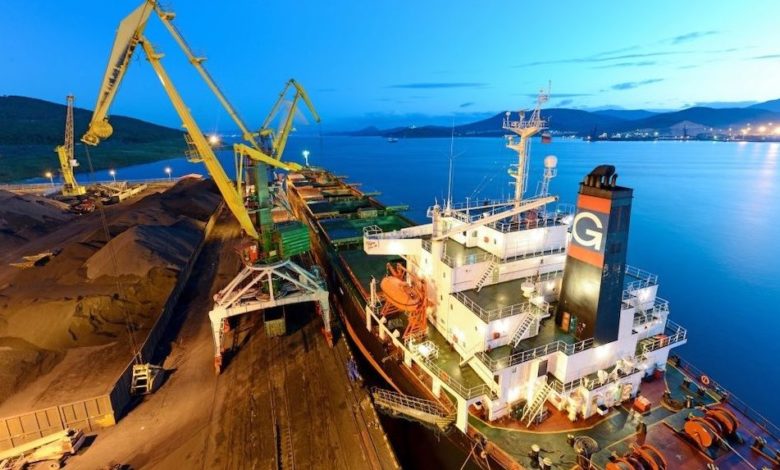
News yesterday that the Japanese government is looking to shutter 100 out of its 140 remaining coal-fired power stations has received a mixed reaction from shipping analysts.
Japan is to target the most inefficient 100 coal power plants for closure in the coming decade. The country relies on coal for nearly one third of its energy and it remains one of the most important destinations for coal seaborne trade. Japan is the world’s third largest coal importer after India and China.
While coal is not going away for now, makeup of the ships that carry the commodity is changing
The Asian nation’s decision to cut its reliance on coal comes as Europe is also significantly weening itself off the polluting raw material. Moreover, coal use this year around the world has dropped noticeably thanks to the spread of the coronavirus pandemic. Seaborne thermal coal trade has slipped back to 2018 levels, sliding 7% in the first five months of the year.
“Overall, the global demand picture for coal is far from positive, as more environmentally friendly energy sources like natural gas and renewables continue to make inroads, especially in Western countries,” commented Ralph Leszczynski, global head of research at Banchero Costa.
Coal imports in Europe have collapsed of late. In 2019 they were down by 14% year-on-year, and in the first five months of this year they were down by 43%.
Nick Ristic, a dry bulk researcher at Braemar ACM, suggested the immediate repercussions from Tokyo’s decision to shun coal would not be too dramatic as it would have already been factored into shipping contracts.
With much of the Japanese coal trade done on dedicated ships, Ristic reckoned the shutdown of the older power plants is already incorporated into their contracts, suggesting there will be a gradual phase-out in place for around 60 ships.

“Longer term, we’re not bullish on total seaborne coal volumes, but at the same time we’re not expecting their complete demise any time soon,” Ristic told Splash today. Out to 2024 Braemar ACM is forecasting total coal volumes to gradually edge downwards, but there are a few different regional patterns emerging.
While Europe is slashing its use of coal, much of South and Southeast Asia is building many new coal power plants.
Ristic said that while coal is not going away for now, makeup of the ships that carry the commodity is changing. The cape trades in the North Atlantic and Europe are on the decline while the geared trades focusing on the Middle East, South and Southeast Asia are making gains, part of a longer term trend Braemar ACM has detected in recent years. Since 2015 handies and supras have gone from carrying 19% to 25% of coal trade, at the expense of capes.
“Part of this is down to a lack of requirements at these utilities for huge cape stems, or the inability to get credit or insure them,” Ristic explained.

Mark Williams, managing director of UK-based consultancy, Shipping Strategy, forecast that coal shipments around the world will continue to fall as environmental policies tighten and renewables become price competitive with fossil fuels.
Williams predicted a 10% fall in global thermal coal shipments in the coming 10 years, but weighted toward the later years.
